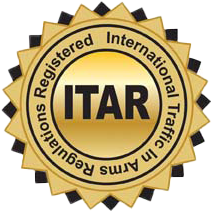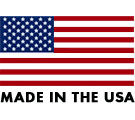
DFM Tips for Silicone Keypads: Avoid These 5 Common Mistakes
Design for Manufacturability (DFM) is key to building better silicone keypads—faster, cheaper, and with fewer headaches.
At SiTech, we specialize in helping customers optimize their designs for silicone molding. While we don’t offer design services directly, we regularly provide recommendations that improve production outcomes and reduce costs.
Here are five common DFM mistakes we see—and how to avoid them:
1. Ignoring Uniform Wall Thickness
Uneven wall thickness leads to warping, air traps, and inconsistent curing. A thin area next to a thick section can delay cycle times and create cosmetic or structural issues.
Tip: Aim for consistent thickness throughout the keypad—ideally between 0.040″ and 0.090″ depending on material and application.
2. Designing Undercuts Without a Purpose
Undercuts require complex tooling and can dramatically increase mold costs and maintenance. They’re sometimes necessary, but often they’re avoidable.
Tip: Work with your molder early to identify if design features can be simplified or split into multiple parts to avoid undercuts altogether.
3. Overcomplicating Key Shapes and Legends
Sharp corners, tiny features, and excessive detail in legends or key shapes can cause defects during molding or decoration.
Tip: Keep key profiles smooth and legends bold. We can advise on minimum size tolerances for both screen printing and laser marking.
4. Forgetting Light Management in Backlit Designs
Backlit keypads require careful material selection and internal light blocking strategies. Without proper planning, light will bleed into unwanted areas.
Tip: Discuss backlighting needs early. We offer custom insert molding options and built-in light-blocking barriers to isolate illumination only where it’s needed.
5. Neglecting Assembly Fit and Tolerances
Silicone is flexible, but that doesn’t mean fit and function should be overlooked. Poor tolerancing can cause sealing failures, misalignment with PCBs, or poor actuation feel.
Tip: Provide full assembly drawings when possible. We’ll help flag areas where added support features, frames, or adhesive backing might be needed.
Need Guidance on Your Keypad Design?
We’re here to help. While we don’t create CAD files, our engineering team is happy to review your drawings and offer practical manufacturing feedback—at no cost. Contact us early in your design process to make sure your silicone keypad is built for success.








